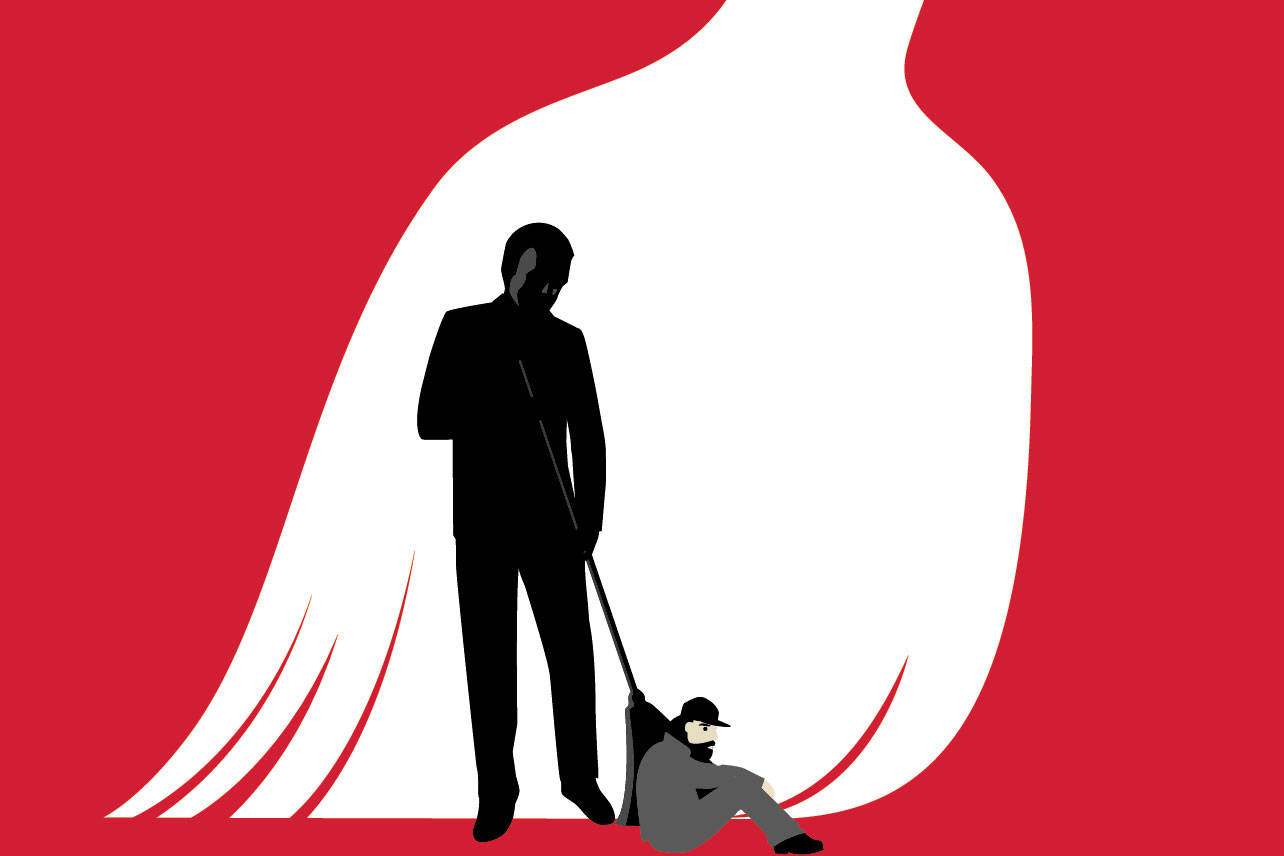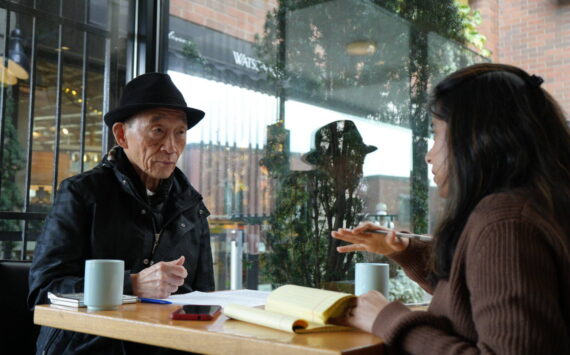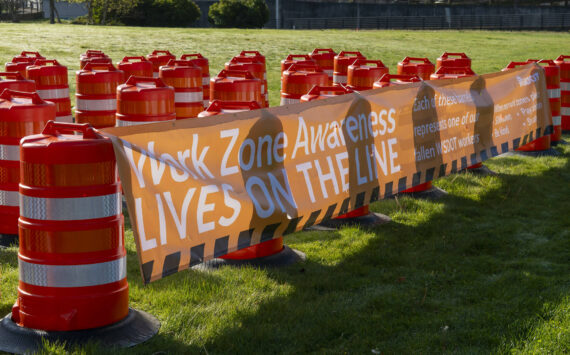The gunfire erupted at 10:25 on Saturday night. Multiple shots, near the corner of 27th Avenue and East Spring Street, in the Central District. Shortly thereafter, the recipient of the violence was dropped off at Swedish Cherry Hill, suffering from a gunshot wound. He was stabilized and transferred to Harborview. It appears that he will live.
According to statistics released two days before the shooting, 144 shots-fired incidents had been reported to the police this year. Five people had been killed in the hail of bullets, 24 more injured. Since the weekend, with the Central District shooting plus a fatal shooting in South Seattle, these last two statistics now stand at six and 25. Many of the victims fit a profile: More than half of them were black and under age 30. There is a geographic sameness, as well: Most shots have been reported in the Central District and South Seattle.
When it comes to urban crime like this, it can be easy to fall into a grim acceptance. It often takes place in neighborhoods most Seattleites would be hard-pressed to point to on a map, places like Brighton and Dunlap and Lakeridge. There is also a sense—or assumption—that because many of the murders are connected to gang activity, the victims are not actually victims.
To their credit, Mayor Ed Murray and the Seattle Police Department have not been party to that acceptance. Last summer, when gunfire spiked in the city, Murray and Police Chief Kathleen O’Toole announced a strategy that sought to catch perps and get weapons off the streets. It seems to have worked. Gunfire dropped off, and as of last November 23, cops had seized 830 firearms—200 more than at that point in 2014, a rate that the city appears on pace to surpass this year.
The mayor and police last year also began conversations with community groups like the Urban League of Metropolitan Seattle about what more could be done to address street violence. Last week, Murray, O’Toole, and a clutch of City Council members came forth with a product of those conversations, a plan to launch a pilot gunshot-detection program that uses audio sensors to detect and locate where gunshots are coming from. While Murray didn’t name-drop any companies, the most likely firm to receive the city’s business is ShotSpotter, the largest in a growing sector.
Dozens of cities across the country, including San Francisco, New York City, and Milwaukee, have given millions of dollars to ShotSpotter in the hope that the technology could help law enforcement better respond to gun violence. And many cities report satisfaction; NYC Mayor Bill de Blasio launched a $1.5 million pilot project last year, then quickly upped the figure to $3 million to expand it.
For many years, the main opponents of this type of technology have been civil libertarians who question the ramifications of essentially deploying police surveillance devices across poor, minority neighborhoods. Shankar Narayan, Technology and Liberty Director at ACLU Washington, sounded skeptical when responding to Murray’s announcement last week: “ShotSpotter technology raises the same kinds of privacy questions that many other government surveillance technologies do—what data will be collected, how long will it be stored, who will have access to it, and will its use be restricted to the particular purpose it’s being deployed for?”
Those are valid concerns, ones that the mayor and councilmembers say they are committed to addressing as they map out their plan. However, there will always be a trade-off between freedom and safety, and civil-liberty concerns like these can seem coldly academic in the context of saving lives: What good is freedom to a young man left to die on a street corner?
But that leads to the bigger question about ShotSpotter—whether it actually saves lives in the first place. In April, Reveal, a podcast supported by the Center for Investigative Reporting, aired a detailed examination of ShotSpotter and its claims of fighting crime. To sum it up: After scouring a trove of records from the San Francisco Police Department, only two arrests could be attributed to ShotSpotter, one of which was for an outstanding warrant on a man who just happened to be near the site of a shooting. Under questioning, police chiefs struggle to say exactly why ShotSpotter is worthwhile tech. And ShotSpotter itself will not open its data for examination, claiming it is proprietary.
Seattle police officials reasonably defend the project, noting that it is a pilot and can be canceled if the data turns out not to help. They also note that for the first year, the entire tab—somewhere between $500,000 and $1 million—will be picked up by a federal grant from the Bureau of Alcohol, Tobacco, Firearms and Explosives.
City leaders are right to concentrate on Seattle’s long fever of gun violence, and ShotSpotter or some similar technology might turn out to be a useful public-safety tool. But it could also turn out to be useless, or worse. The people dying on the streets deserve real solutions, not gimmicks. As the pilot project rolls out, Seattle should be keen on recognizing the difference.





